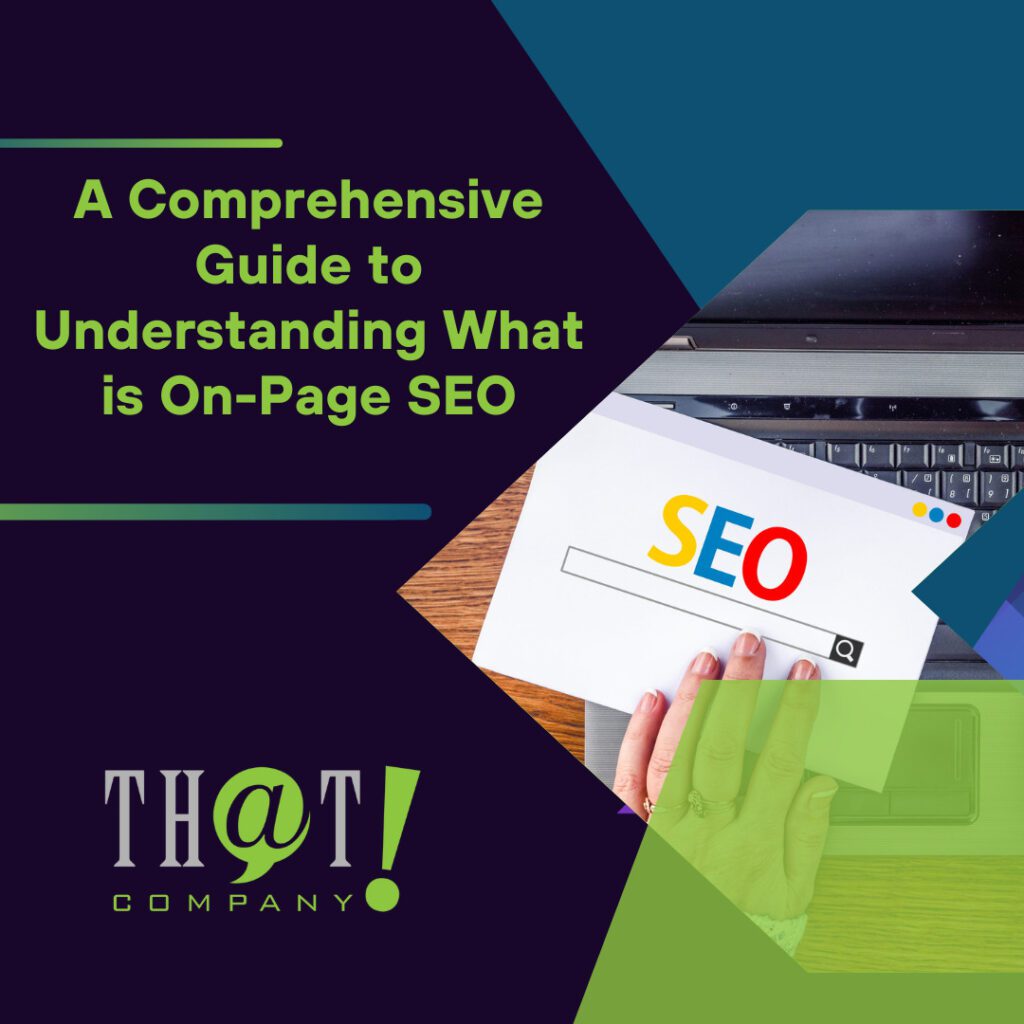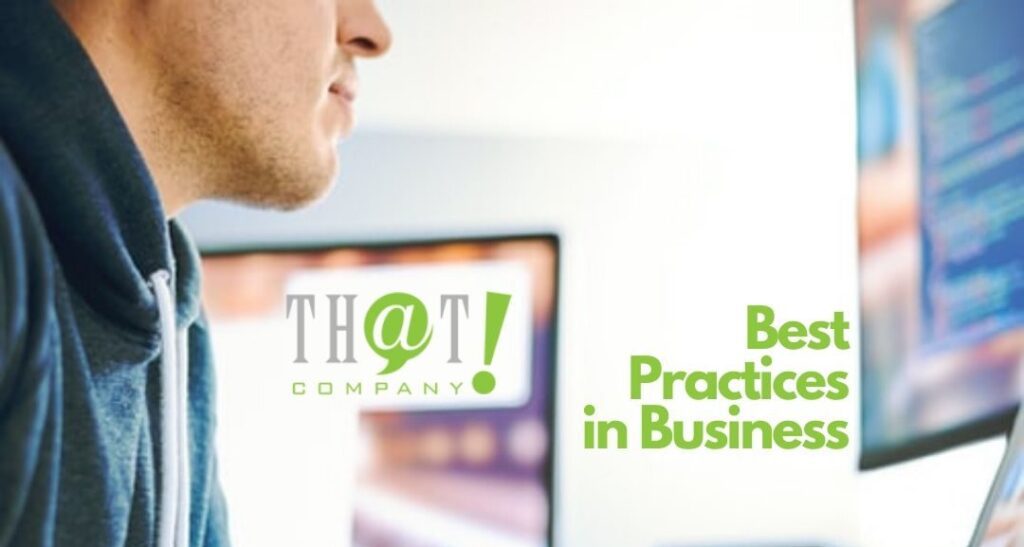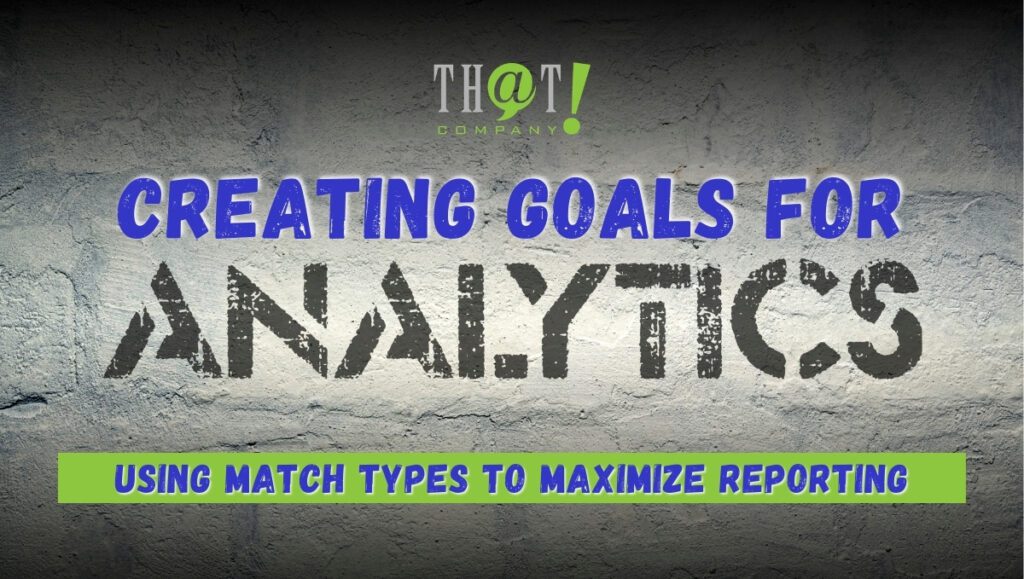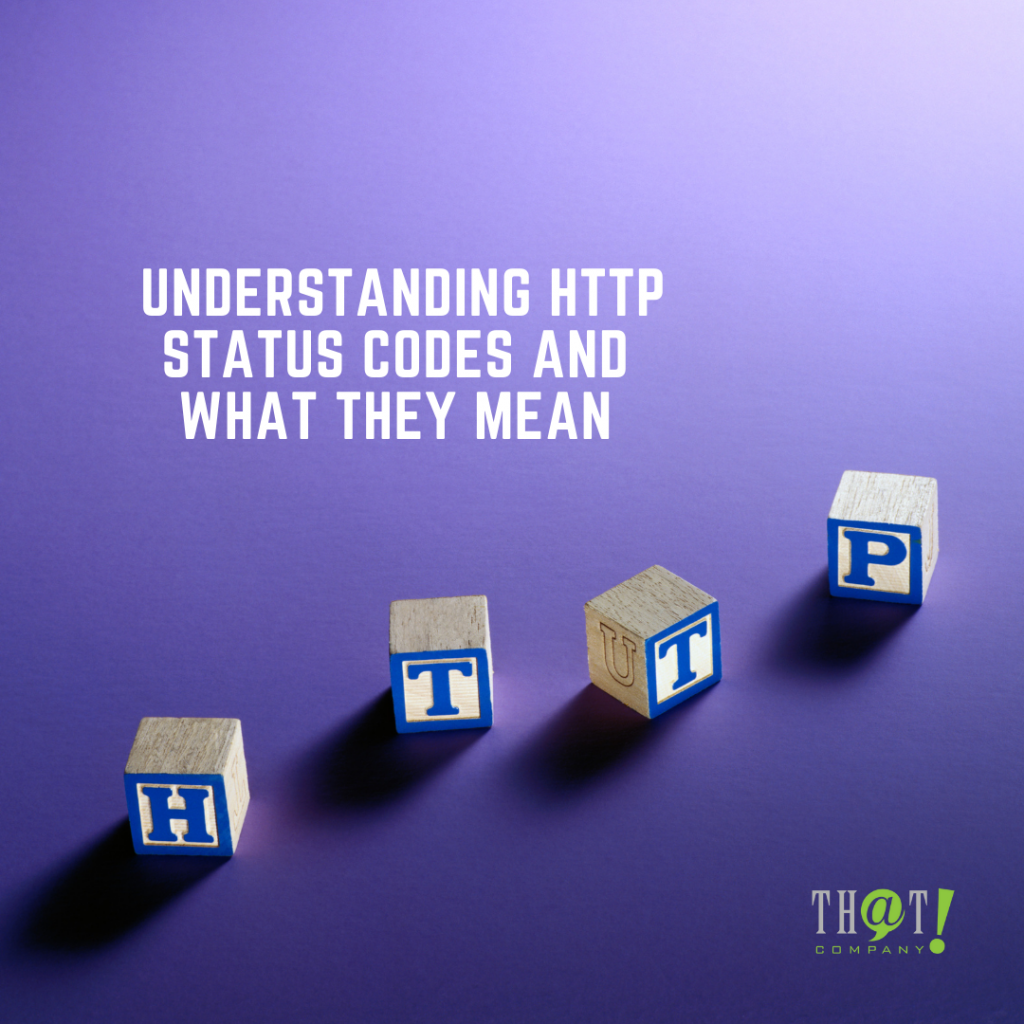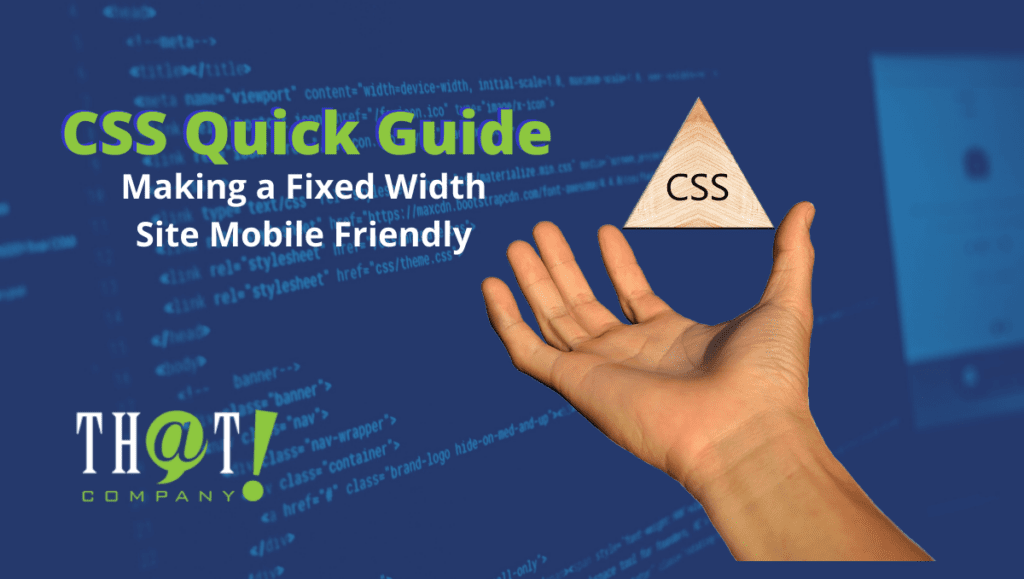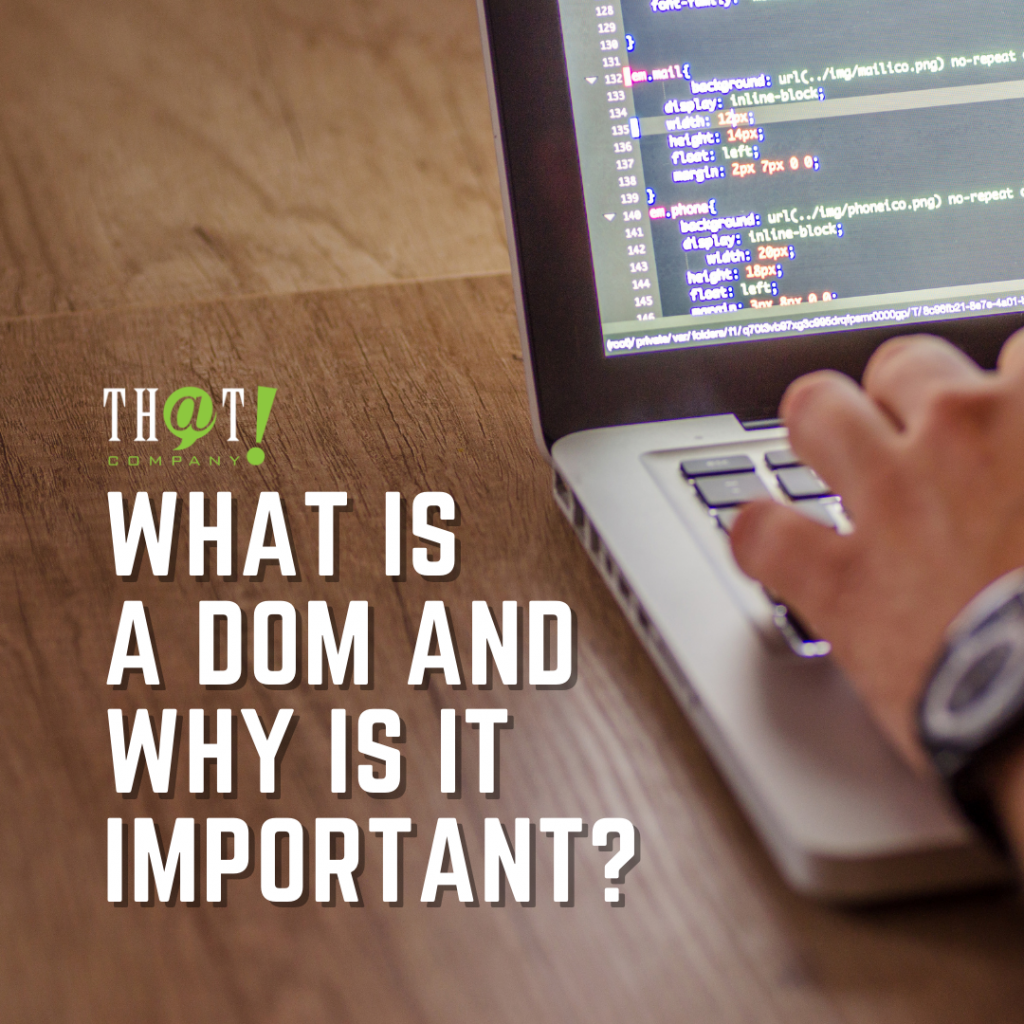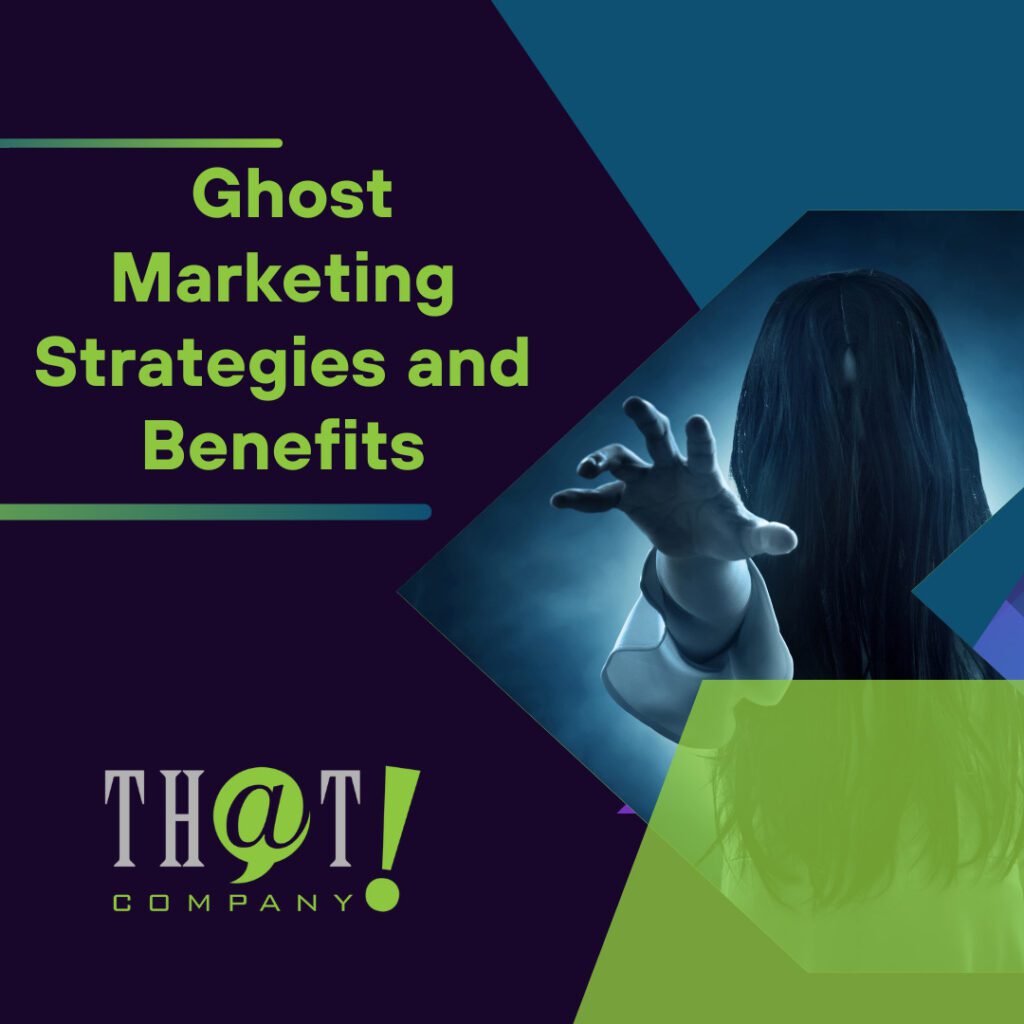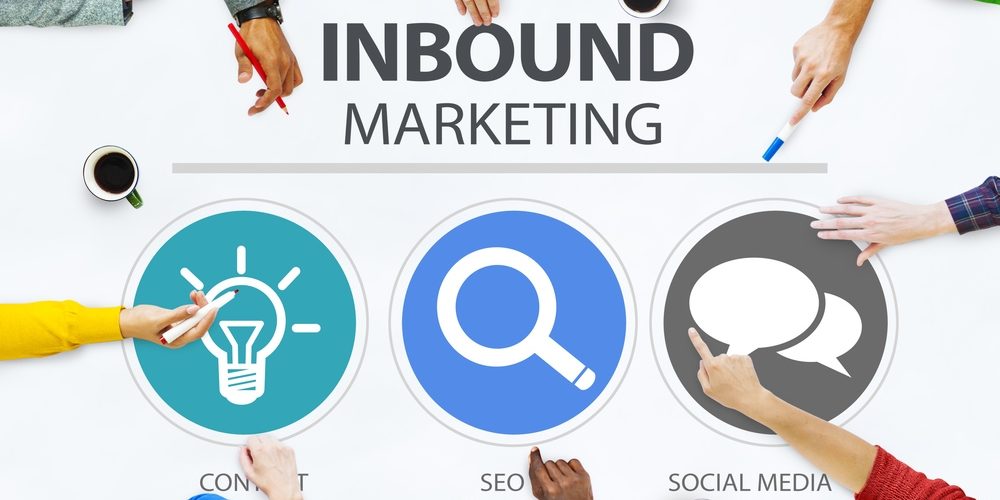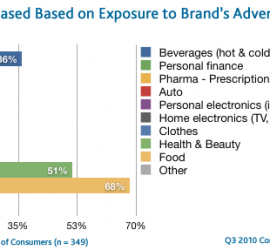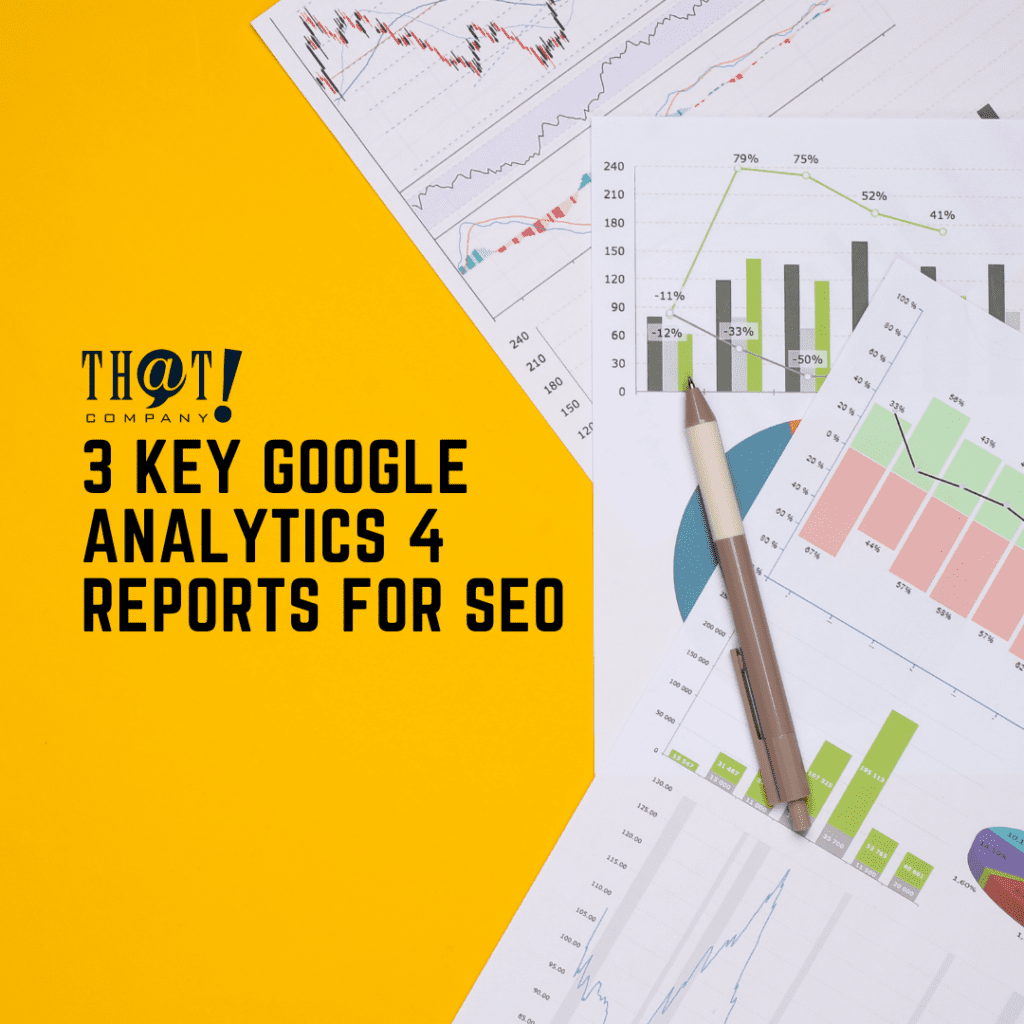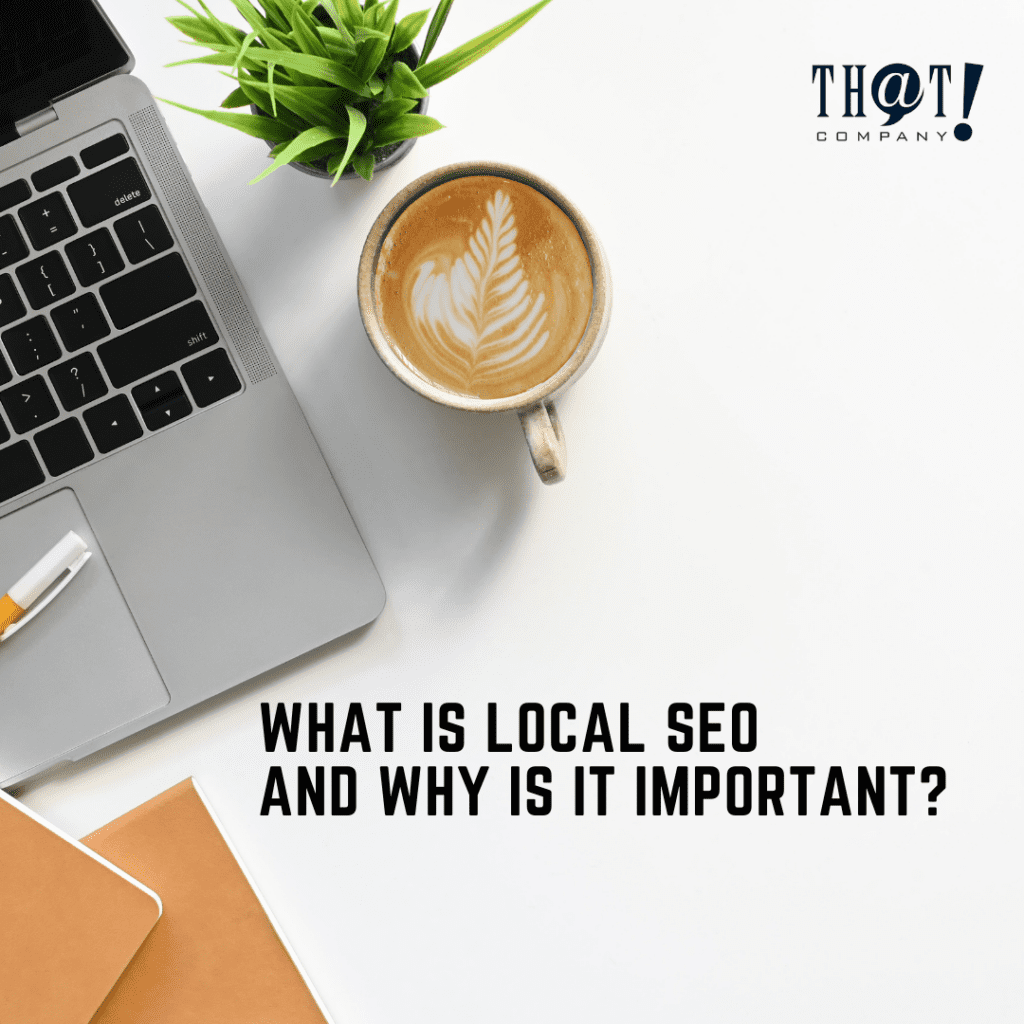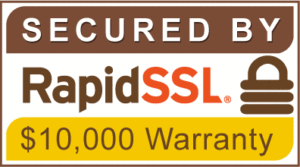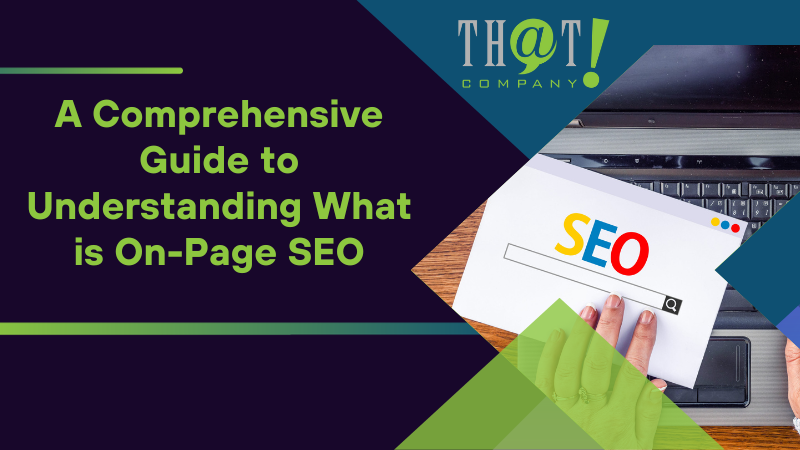
In today’s digital landscape, the importance of search engine optimization (SEO) cannot be overstated. A strong SEO strategy can make all the difference between a successful online presence and getting lost in the vast sea of websites. A crucial aspect of SEO is understanding “what is On-Page SEO,” which focuses on optimizing website elements to improve search engine rankings and user experience. On the other hand, Off-Page SEO involves external factors that can also impact a website’s rankings. This comprehensive guide will delve into the essentials of “what is On-Page SEO” and its role in enhancing user experience, digital marketing, and its connection to Off-Page.
By the end of this guide, you’ll have a solid understanding of the key components of “what is On-Page SEO,” including title tags, content optimization, keyword research, meta tags, and image optimization. You’ll learn how these elements work together to improve your website’s rankings, drive organic traffic, and create a seamless user experience. So, buckle up and prepare to embark on a journey towards mastering “what is On-Page SEO”!
Key Takeaways
On-Page SEO optimizes website elements to improve search engine rankings and user experience.
It involves key components such as title tags, content optimization, keyword research, meta tags, and image optimization for improved visibility and credibility.
Off-Page SEO enhances On-Page efforts by building backlinks, increasing domain authority & improving online presence for increased organic traffic & business success.

Defining On-Page SEO
On-Page optimizes individual web components to boost search engine rankings and enhance user interaction. This includes content, HTML source code, and site structure. Improving website performance in search engine results pages (SERPs) is achievable by focusing on user experience through Core Web Vitals. Aspects such as meta descriptions, title tags, and keyword usage are essential components of On-Page SEO that can significantly impact a website’s search engine rankings and organic traffic.
Optimizing your website is crucial, considering factors such as image file sizes, redirect minimization, mobile responsiveness enhancement, and reduction of CSS/JavaScript usage. This will help search engine bots crawl and index your website more efficiently, ultimately improving your site’s visibility in search results.
On-Page aids in optimizing your website for both search engines and users, thereby simplifying the process of gaining online visibility and credibility.
Key Components of On-Page SEO
The key components of On-Page include:
Title tags: They play a significant role in SEO, as they are the first element that search engines detect when crawling a website.
Content optimization: It directly impacts On-Page by enhancing the quality and volume of organic website traffic. By optimizing each piece of content with an SEO strategy, such as keyword optimization, meta descriptions, title tags, alt text, and more, it becomes more relevant and valuable to search engines, resulting in higher rankings in organic search results.
Keyword research: It helps identify the most relevant and high-performing keywords to target in your content.
Meta tags: They provide additional information about a webpage to search engines and can influence how your page appears in search results.
Image optimization: It involves optimizing images on your website by reducing file size, adding alt text, and using descriptive file names to improve SEO.
Similarly, keyword research is essential for identifying and targeting the most relevant and high-volume keywords for your content, thus improving search engine rankings and driving organic traffic. Lastly, meta tags and image optimization play a significant role in helping search engines understand the content of a page and rank it properly.
Concentrating on these key components heightens your website’s On-Page SEO, leading to better rankings and user experience.
The Role of On-Page SEO in Digital Marketing
On-Page SEO is a pivotal component of digital marketing as it amplifies website visibility, boosts organic traffic, and improves user experience. Practical applications of On-Page to enhance digital marketing efforts include:
Crafting valuable web content
Optimizing headings and subheadings
Incorporating internal linking and images with alt-text
Optimizing for search intent, title tags, internal links, and URLs
Increasing website rankings and organic traffic
Effective On-Page SEO techniques, including search engine optimization, enhance your website’s rankings, organic traffic, and overall visibility.
In addition, On-Page influences user experience and site engagement by optimizing:
Mobile-friendliness: A mobile-friendly website design provides a superior user experience for mobile users, making it simpler to read and interact with the content. It also decreases bounce rates and encourages users to remain longer on the site.
Site speed: Mobile-friendly websites load faster, enhancing engagement as users do not wish to wait too long for the site to load.
Internal linking: Proper internal linking helps users navigate your website easily, improving their overall experience.
In conclusion, On-Page significantly impacts digital marketing success by improving website visibility, driving organic traffic, and enhancing user experience.
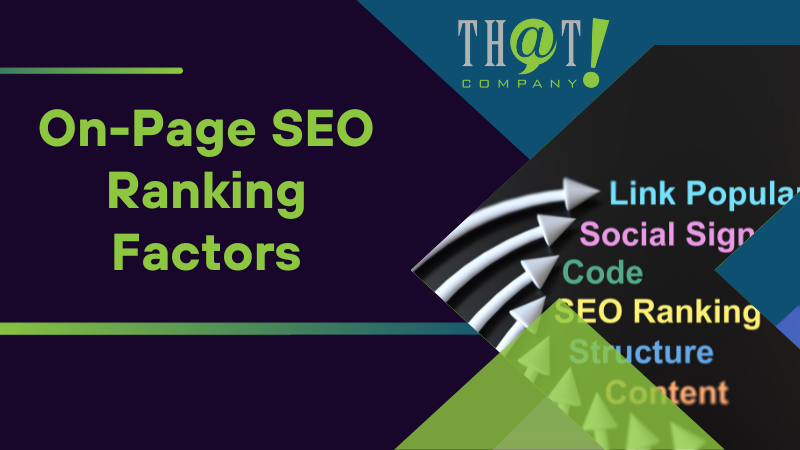
On-Page SEO Ranking Factors
When considering On-Page SEO, various ranking factors come into play, such as:
Title tags
Content optimization
Keyword research and implementation
Keyword density
Meta tags
Image optimization
Among these factors, title tags are considered the most critical element of On-Page. They help search engines understand and match the content with relevant search queries. Optimizing your title tags with pertinent keywords and ensuring their accurate reflection of the page content can boost your website’s search engine rankings and user experience.
Content optimization is another vital ranking factor that directly impacts On-Page. Optimizing content involves:
Crafting engaging, high-value content that not only satisfies user intent but also outshines the competition
Optimizing your content with pertinent keywords, well-structured headings, and meta tags to simplify the process for search engines to understand and index the content
Increasing user engagement metrics, such as longer time on the page and lower bounce rates, are factors that search engines take into account when ranking websites
By applying content optimization strategies, websites can increase their chances of rising higher in search engine results pages and drawing in more organic search traffic.
Title Tag – The Most Important Element
Title tags are integral to SEO since they aid search engines in comprehending the content and correlating it with relevant search queries. They are the initial element that search engines detect when they crawl a website, making them a critical on-page SEO factor.
Constructing effective SEO title tags necessitates:
Making them appealing and descriptive for both search engines and users
Optimizing them with pertinent keywords
Ensuring their accurate reflection of the page content
Following these practices can boost your website’s search engine rankings and improve user experience.
In addition to helping search engines understand content, title tags play a significant role in user experience. When users see a webpage in the search results, the title tag is often the first information they see. An optimized title tag can entice users to click on your webpage, leading to increased organic traffic and improved rankings. Hence, optimizing your title tags can boost your website’s search engine performance and user experience.
Content Optimization
Content optimization is about generating high-value, pertinent, and captivating content that exceeds the users’ expectations and outshines the competition. One of the most effective strategies for content optimization is to optimize each piece of content with an SEO strategy, such as:
Keyword optimization
Meta descriptions
Title tags
Alt text
This approach makes your content more relevant and valuable to search engines, yielding higher rankings in organic search results. This, in turn, increases the visibility and discoverability of your website, driving more targeted traffic and potential conversions.
Some recommended best practices for content optimization in On-Page SEO include:
Incorporating keywords in title tags and meta descriptions
Keeping URLs short and descriptive
Adding alt text to images
Writing unique and helpful content
Emphasizing readability
Optimizing title tags, content, internal links, and URLs
Updating on-page copy, images, links, and code for effective content optimization.
Following these guidelines ensures your website’s content is optimized for search engines and users, resulting in better rankings and increased organic traffic.
Keyword Research and Implementation
Keyword research identifies and targets relevant keywords to improve rankings and drive organic traffic. It is essential for On-Page SEO as it helps search engines understand the content of a page and rank it properly. Implementing keyword research in On-Page requires the identification of the most relevant and high-volume keywords for your content. Subsequently, optimizing on-page elements, such as title tags, headings, and meta descriptions, with these keywords should be done.
Furthermore, analyzing the keywords used by competitors is recommended to identify gaps and opportunities in the market. Moreover, it is crucial to conduct keyword research regularly to keep abreast of evolving search trends and audience preferences.
There are various tools available for conducting keyword research, such as:
Semrush
Ahrefs Keywords Explorer
Google Keyword Planner
Serpstat
KeywordTool.io
Utilizing these tools provides insights into the most relevant and high-volume keywords for your content, thereby assisting in optimizing your website’s On-Page and enhancing search engine rankings.
Keyword Density
Keyword density refers to the number of times a keyword appears in the content, and it’s important to maintain a balance to avoid keyword stuffing. It is generally believed that the ideal keyword density for SEO lies between 1-2%, although there are varying opinions and recommendations that range from 0.5% to 2.5%. To calculate keyword density, you can divide the number of occurrences of a specific keyword by the total number of words on the page, then multiply the result by 100 to obtain the percentage.
For optimal results, a keyword density of around 2% is recommended. Maintaining an appropriate keyword density helps optimize your SEO content, ensuring it does not appear spammy or unnatural to search engines and users. This balance is crucial in improving your website’s rankings and user experience, leading to increased organic traffic and conversions.
Meta Tags and HTML Elements
Enhancing search engine rankings and click-through rates are closely tied to meta tags and HTML elements. For example, beneath the title tag in search results, meta descriptions briefly summarize a web page’s content. These elements, like header tags, are pivotal in optimizing your online content. By optimizing meta descriptions with relevant keywords and ensuring they accurately reflect the content of the page, you can improve your website’s rankings and user experience.
Optimizing meta tags and HTML elements for SEO requires:
Using unique, descriptive meta titles that accurately reflect the content while keeping them within a range of 50-60 characters.
Including relevant keywords in the meta titles to improve search engine visibility.
Writing compelling and informative meta descriptions to entice users to click on the page, with a limit of 150-160 characters to ensure they are fully displayed in search results.
Focusing on meta tags and HTML elements optimization can boost your website’s search engine performance and overall user experience.
Image ALT and Title Best Practices
Image ALT and title attributes help search engines understand the content of images and improve accessibility for visually impaired users. Alt text is a brief description of an image on a web page, enabling search engines to better crawl and rank websites. By optimizing your images with appropriate ALT and title attributes, you can improve your website’s rankings and user experience.
Optimizing image ALT and title attributes involves using descriptive and unique text that accurately represents the image’s content. Additionally, it’s recommended to keep the length of image alt text between 80-125 characters or 10-15 words. Adhering to these best practices ensures that your images are optimized for search engines and users, leading to better rankings and increased organic traffic.

Enhancing User Experience (UX) Through On-Page SEO
Enhancement of user experience (UX) through On-Page SEO involves the optimization of mobile-friendliness, site speed, and internal linking. By focusing on these aspects, you can ensure that your website is optimized for search engines and users, resulting in improved rankings and increased organic traffic.
Beyond these factors, focusing on user experience through Core Web Vitals can enhance your website’s performance in search engine results pages (SERPs). Optimizing for the ‘page experience signal’ is essential, as it enhances the user experience across all web browsers and surfaces, allowing sites to meet the expectations of mobile users.
This subsequently boosts business success on the web by enhancing user engagement and facilitating transactions. Focusing on enhancing UX through On-Page SEO helps create a seamless and enjoyable experience for your website visitors, resulting in higher rankings and increased organic traffic.
Mobile-Friendliness and Responsiveness
Mobile-friendliness and responsiveness are crucial for SEO as most internet users access websites on their mobile devices, and search engines prioritize mobile-optimized sites. A mobile-friendly website design provides a superior user experience for mobile users, making reading and interacting with the content simpler. It also decreases bounce rates and encourages users to remain longer on the site, improving search engine rankings and organic traffic.
Implementing a responsive design that automatically adjusts the website’s layout based on the viewing device is vital to ensure your website is mobile-friendly. Additionally, optimizing images for mobile devices, utilizing a mobile-friendly navigation menu, and creating easily readable content are essential considerations for optimizing your website’s mobile-friendliness.
Focusing on mobile-friendliness and responsiveness can enhance your website’s rankings and user experience, increasing organic traffic and conversions.
Site Speed and Performance
Site speed and performance directly impact search engine rankings and user experience, making it essential to optimize loading times and page stability. Rapidly loading pages benefits higher rankings and improved user experience, as users do not wish to wait too long for the site to load.
In addition, optimizing site speed can also enhance user engagement and increase the likelihood of conversions.
To optimize site speed and performance, it’s important to identify and remove any elements that are hindering page load time. This may involve minimizing large image file sizes, reducing the amount of CSS and JavaScript, and optimizing server response time. Furthermore, addressing the Core Web Vitals metrics, such as Largest Contentful Paint (LCP), First Input Delay (FID), and Cumulative Layout Shift (CLS), can help improve the loading performance, interactivity, and visual stability of a page.
Optimizing site speed and performance can improve your website’s rankings and user experience, leading to higher organic traffic and conversions.
Internal Linking and Navigation
Internal linking and navigation play a significant role in improving user experience and helping search engines index web pages more efficiently. It involves linking related pages within a website, making it easier for users to find relevant content and for search engines to crawl and index your site. An effective internal linking strategy can help maintain visitor engagement, reduce bounce rates, and improve search engine rankings.
To optimize internal linking and navigation, it’s essential to incorporate internal links in your content, linking to related pages within your website. Additionally, using descriptive anchor text that accurately reflects the linked page’s content can help users and search engines understand the link’s context. A clear and user-friendly navigation menu can also make it easier for users to find and access relevant content on your website. While focusing on internal links, don’t forget the importance of link building for improving your website’s overall SEO.
Focusing on internal linking and navigation enhances your website’s user experience, rankings, and organic traffic, potentially leading to higher conversions and business success.
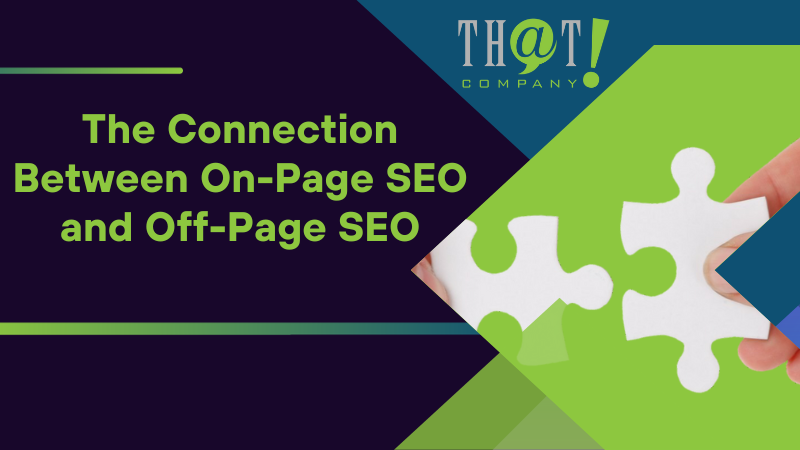
The Connection Between On-Page SEO and Off-Page SEO
On-Page SEO and Off-Page SEO are interconnected, with On-Page providing a strong foundation for Off-Page SEO efforts. While On-Page focuses on optimizing website elements, such as content, HTML source code, and site structure, Off-Page SEO involves external factors that can impact a website’s rankings, such as backlinks and social media presence. Building a strong foundation with On-Page ensures your website is optimized for search engines and users, simplifying the process of gaining online visibility and credibility.
Off-Page SEO enhances On-Page efforts by incorporating Off-Page SEO factors such as:
Building backlinks
Increasing domain authority
Improving online presence
Boosting search engine rankings
Increasing organic traffic
For example, constructing backlinks can augment a website’s domain authority and demonstrate to Google that the content is reliable.
By focusing on both On-Page and Off-Page SEO strategies, you can create a comprehensive SEO approach that maximizes your website’s visibility, credibility, and overall success in the digital space.
Building a Strong Foundation with On-Page SEO
Building a strong foundation with On-Page ensures that websites are optimized for search engines and users, making it easier to gain visibility and credibility. Establishing a solid On-Page foundation for your website involves:
Focusing on content and HTML optimization
Enhancing website architecture
Displaying expertise, authoritativeness, and trustworthiness (EAT)
Optimizing title tags
Writing effective copy
Conducting comprehensive keyword research
Incorporating keywords organically
Providing high-quality, comprehensive content.
A strong On-Page foundation improves your website’s rankings and enhances user experience and site engagement. By optimizing your website’s content, tags, and internal links, you can create a seamless and enjoyable experience for your visitors. This, in turn, can lead to increased organic traffic, higher conversion rates, and overall business success.
How Off-Page SEO Enhances On-Page Efforts
Off-Page SEO enhances On-Page efforts by building backlinks, increasing domain authority, and improving online presence, ultimately boosting rankings and organic traffic. Understanding why Off-Page SEO is important is crucial for any website owner. Backlinks can confer authority to a page, thus improving its search rankings. You can improve your website’s online presence and credibility by actively building backlinks through strategies such as guest posts, monitoring mentions of your site, and producing how-to guides and infographics.
A combination of strong On-Page and Off-Page SEO strategies enhances your website’s visibility in search results, attracts more targeted visitors, and ultimately increases conversions and business success. Focusing on both aspects of SEO guarantees that your website is optimized for search engines and users, cultivating a seamless and enjoyable experience that keeps visitors returning.
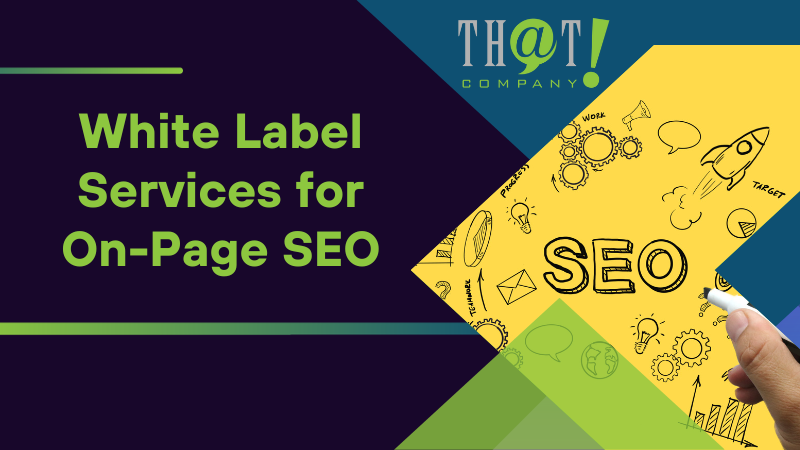
White Label Services for On-Page SEO
White label services for On-Page SEO, like those provided by That! Company offer businesses expert assistance in website optimization, enabling them to concentrate on their core competencies while reaping the benefits of enhanced search engine rankings and increased organic traffic. These services can include On-Page tasks such as keyword research, on-page optimization, content creation, and technical SEO audits.
Utilizing white label SEO services for On-Page offers a variety of benefits, including:
Improved user experience
Business expansion
Cost savings
Content creation of superior quality
By outsourcing your On-Page SEO needs to experts, you can ensure your website is optimized for search engines and users. This will ultimately lead to higher rankings, increased organic traffic, and greater business success.
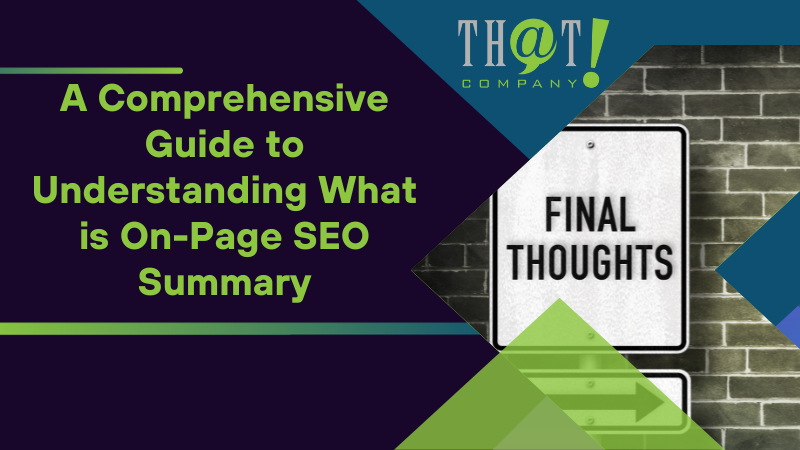
Summary
In conclusion, On-Page SEO is a critical aspect of search engine optimization that focuses on optimizing website elements to improve search engine rankings and user experience. By addressing factors such as title tags, content optimization, keyword research, meta tags, and image optimization, you can ensure your website is optimized for search engines and users. Enhancing user experience through On-Page involves optimizing mobile-friendliness, site speed, and internal linking, creating a seamless and enjoyable experience for your visitors.
By building a strong foundation with On-Page SEO and supplementing it with Off-Page SEO efforts, you can create a comprehensive SEO strategy that maximizes your website’s visibility, credibility, and overall success in the digital space. Whether you optimize your website’s On-Page in-house or opt for white label services, such as those offered by Thatcompany.com, investing in On-Page is crucial to achieving your business goals and enhancing your online presence.
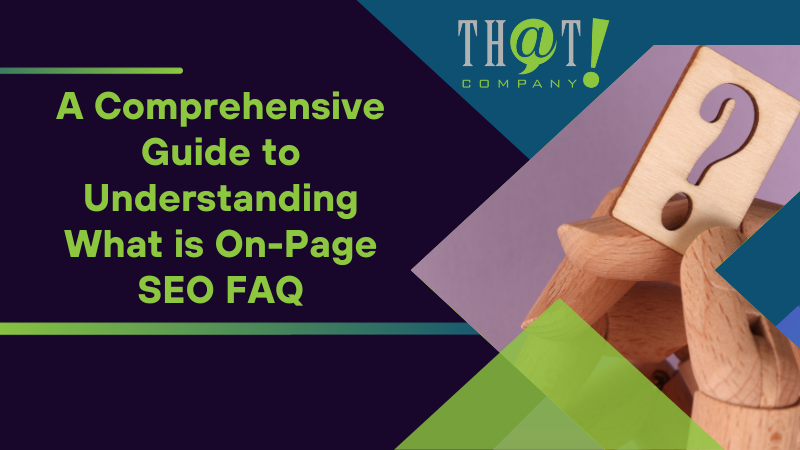
Frequently Asked Questions
What is On-Page and Off-Page SEO?
On-page SEO focuses on elements within a website, such as content and keyword selection, whereas off-page SEO involves strategies outside the website, like link building and exposure to other websites and social media.
What is On-Page SEO vs local SEO?
Local SEO is a more specific form of traditional SEO designed to improve visibility in local search rankings. Both strategies incorporate off- and on-page optimization, but local SEO also considers the business’s geographical area and target customers.
What is an On-Page SEO and its advantages?
On-page SEO enables search engines to recognize the relevance of a website to a particular user query, allowing them to deliver better and more accurate results. Its advantage is that it keeps your site up-to-date with Google’s constantly changing algorithm.
What is the key difference between On-Page SEO and off-page SEO?
On-Page deals with optimizing content and website elements that are within your control, whereas Off-Page SEO focuses on increasing the authority of your domain by creating content and gaining backlinks from other websites.
How does keyword density affect On-Page SEO?
Maintaining an appropriate keyword density balance is essential for successful On-Page as it helps avoid keyword stuffing and allows the search engine to easily identify relevant content.

